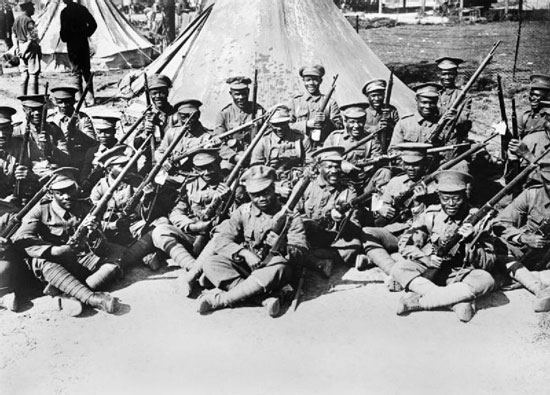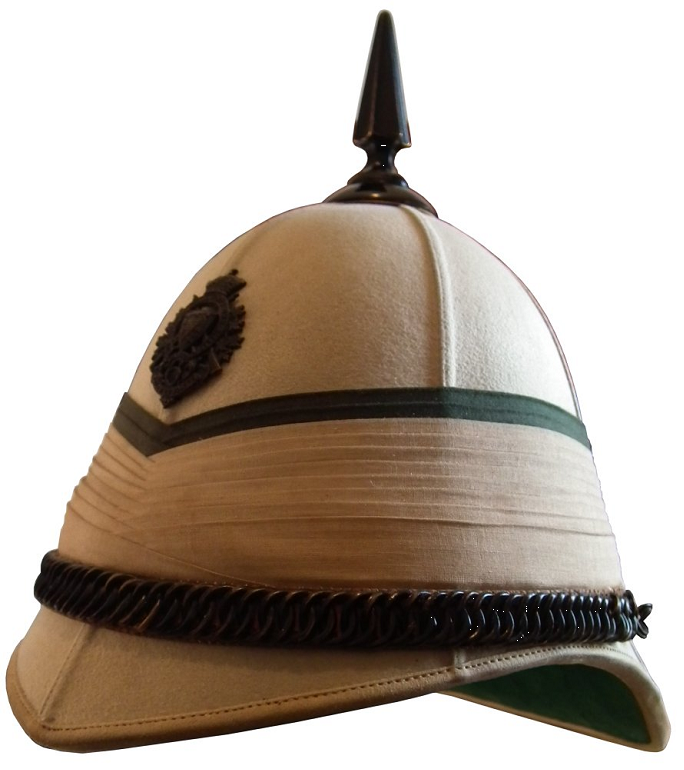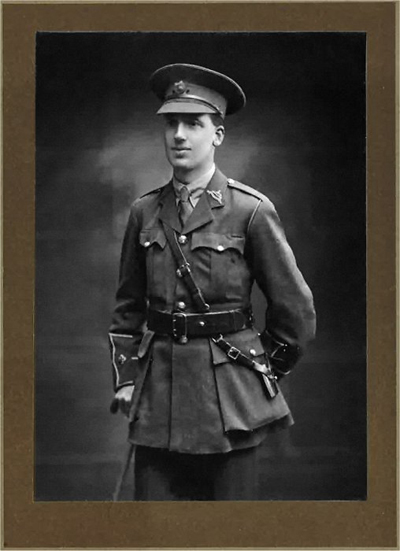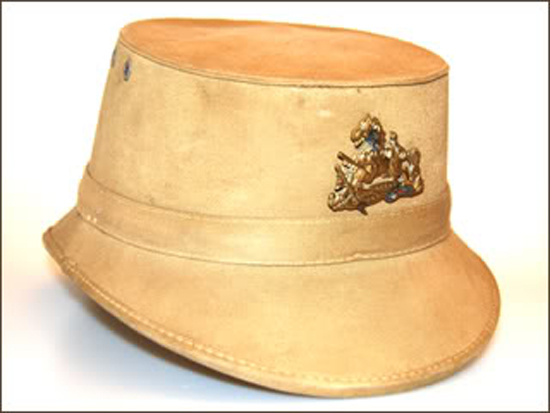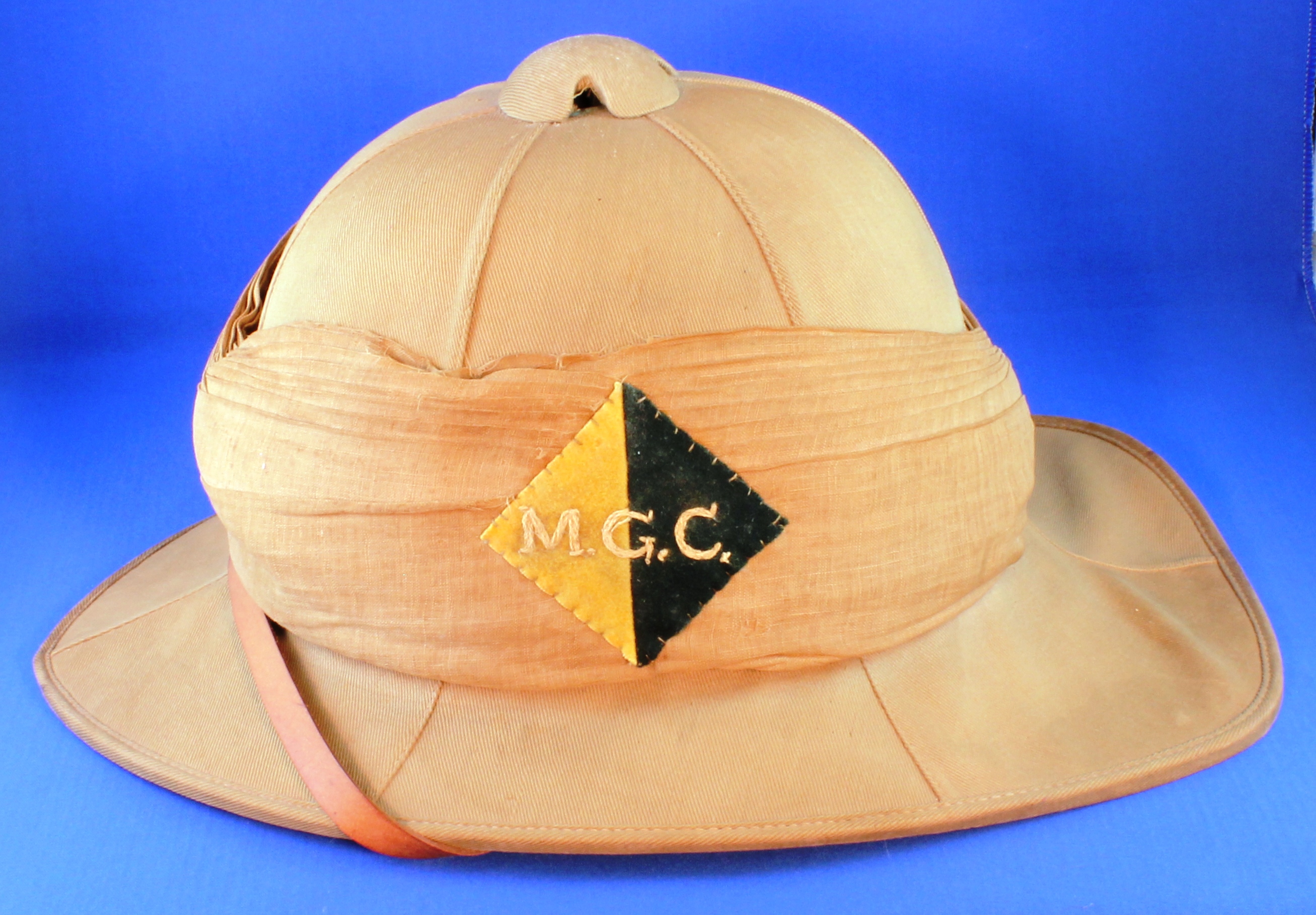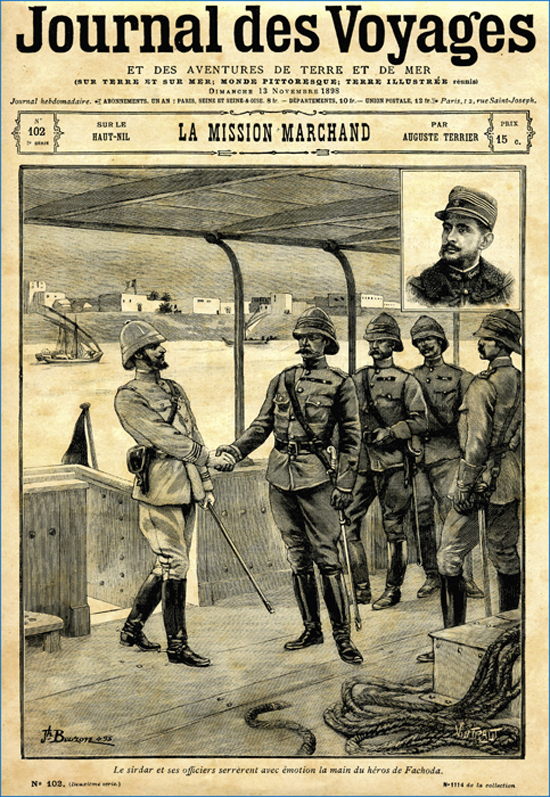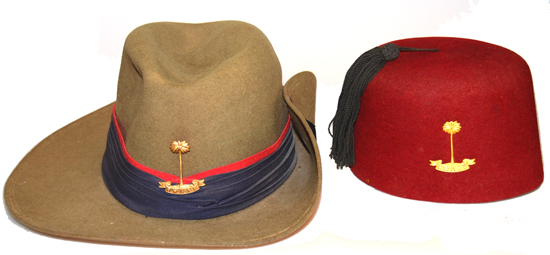
The Royal West African Frontier Force was a multi-battalion field force, which was formed by the British Colonial Office in 1900 to help garrison the West African colonies of Nigeria, Gold Coast, Sierra Leone and Gambia. It was originally designated the “West African Frontier Force,” and in 1928 received the royal patronage – becoming the Royal West African Frontier Force (RWAFF).
On formation it comprised the Gold Coast Regiment, Northern Nigeria Regiment, Southern Nigeria Regiment, the Sierra Leone Battalion and the Gambia Company. The parade uniform of the RWAFF was a distinctive one and consisted of khaki drill shorts with red fezzes, along with scarlet “zouave” style jackets edged in yellow and red cummerbunds. Artillery units wore a blue jacket with yellow braid, while engineers wore red jackets with blue braid. British officers originally wore sun helmets, and later a bush or slouch hat. Continue reading →
